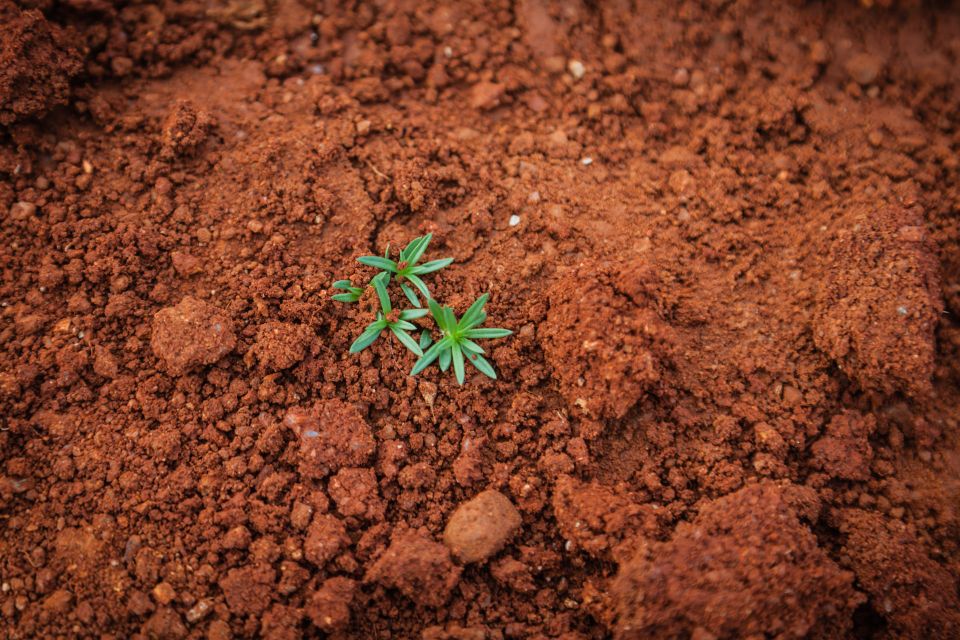Soil stabilization is a critical process in construction, road building, and other infrastructure projects. It involves altering the properties of the soil to improve its engineering performance, making it more stable and suitable for construction and other applications.
This process is essential to help prevent issues such as landslides, soil erosion, and poor load-bearing capacity, which can lead to structural failures and increased construction costs.
In this blog, we will delve into the concept of soil stabilization, discuss various methods of achieving it, and explore the advantages of each method.
What Is Soil Stabilization?Soil stabilization refers to the process of modifying the physical properties of the soil to enhance its strength, durability, and overall performance. It involves the use of various techniques and materials to create a stable and supportive base for construction projects.
Soil stabilization aims to improve the soil's load-bearing capacity, reduce its permeability, and prevent erosion, ultimately ensuring the safety and longevity of the structures built on it.
Methods of Soil StabilizationThere are several methods of soil stabilization, each with its own unique advantages and applications. Some of the most common methods include:
1. Mechanical StabilizationMechanical stabilization involves the physical manipulation of the soil to improve its properties. This can include processes such as compaction, blending, and reinforcement using materials like gravel or crushed rock.
Compaction is the most common form of mechanical stabilization and involves using heavy equipment to compact the soil, increasing its density and strength. Blending involves mixing different types of soils to achieve the desired properties, while reinforcement refers to using geogrids or other materials to provide additional support to the soil.
Advantages of Mechanical Stabilization:Can be relatively cost-effective
Provides immediate improvement in soil properties
Suitable for a wide range of soil types
2. Polymer StabilizationPolymer stabilization involves using synthetic polymers to bind soil particles together and improve their properties. These polymers can be either water-soluble or insoluble and are typically mixed with the soil to create a more stable, cohesive material. Polymer stabilization is particularly effective in improving the strength and durability of fine-grained soils, such as clays and silts.
Advantages of Polymer Stabilization:Effective in improving the properties of fine-grained soils
Can provide long-term stabilization
Environmentally friendly options available
3. Geotextile StabilizationGeotextile stabilization involves using specialized fabrics, known as geotextiles, to improve the soil's properties. These fabrics are typically made from synthetic materials such as polypropylene or polyester and can be woven, non-woven, or knitted.
Geotextiles are placed between soil layers, acting as a separator and providing reinforcement, filtration, and drainage.
Advantages of Geotextile Stabilization:Provides long-lasting stabilization
Helps prevent erosion and sedimentation
Can improve drainage and reduce the risk of water-related issues
4. Chemical StabilizationChemical stabilization involves adding chemicals to the soil to alter its properties. Common chemical stabilizers include cement, lime, fly ash, and calcium chloride. These chemicals can help improve the soil's strength, reduce its permeability, and increase its resistance to erosion.
Chemical stabilization is often combined with other stabilization methods to achieve the desired results.
Advantages of Chemical Stabilization:Can provide significant improvements in soil properties
Suitable for a wide range of soil types
Can be used in conjunction with other stabilization methods
Final ThoughtsSoil stabilization is a crucial aspect of many construction and infrastructure projects, ensuring the safety and longevity of the structures being built. Choosing the most appropriate soil stabilization method depends on factors such as soil type, project requirements, and budget.
If you need help with
soil stabilization in Chattanooga, partner with our team at Terra-Firma Stabilization & Reclamation. We will connect you with a knowledgeable soil contractor to ensure you can successfully prepare the soil at your job site. Call us today for a free estimate!

